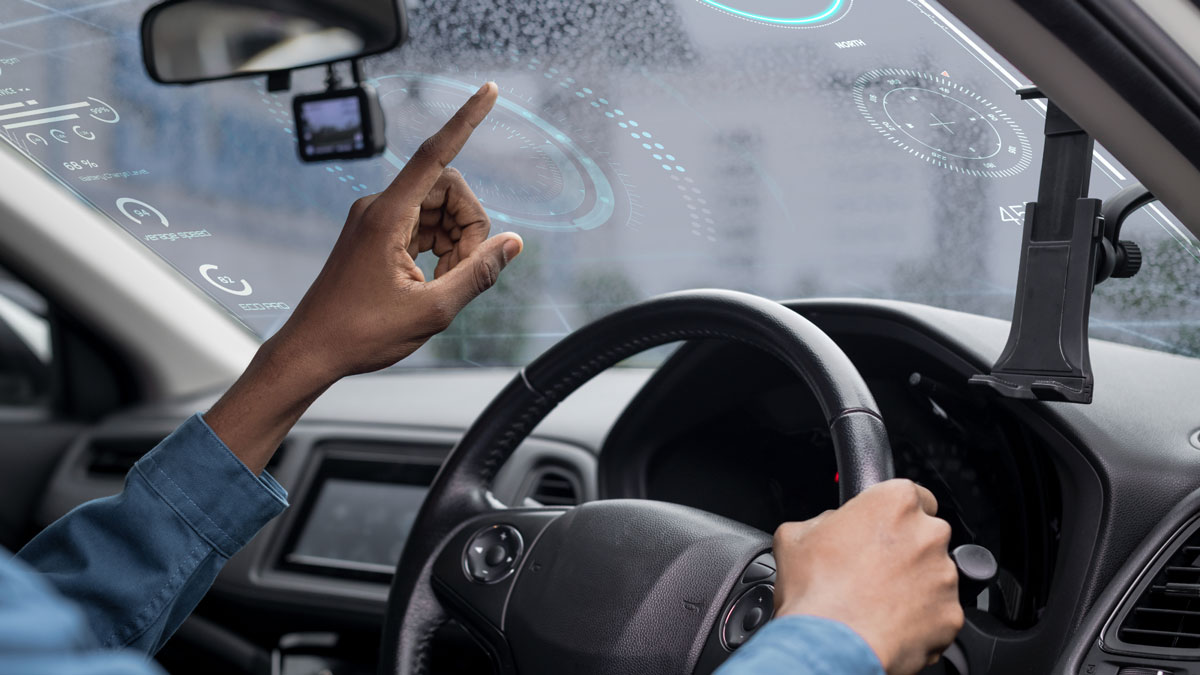Why 20 minutes of shut-eye might be your smartest move all day
In a world that praises hustle culture, sleep is often viewed as a luxury—especially in the middle of the day. But science says otherwise. Enter the power nap: a short, intentional rest that boosts productivity, improves memory, and recharges your mental batteries without the grogginess of longer sleep.
No, it’s not lazy. It’s strategic. And more people—from students and freelancers to CEOs and athletes—are realizing that sometimes, the best way to get more done… is to pause.
Let’s explore why power naps work, how to take one effectively, and what science says about this underrated super-tool for your brain.
What Is a Power Nap?
A power nap is a brief nap lasting 10 to 30 minutes, usually taken during the early afternoon. It’s short enough to avoid sleep inertia (that foggy, groggy feeling after waking from deep sleep), but long enough to refresh your focus and mood.
Why 10–30 Minutes?
Because this window keeps you in the lighter stages of non-REM sleep—also known as Stage 1 and Stage 2. It’s just enough to:
- Boost alertness
- Improve reaction time
- Sharpen decision-making
- Lift your mood
Go beyond 30 minutes and you risk slipping into slow-wave sleep, which is deeper and harder to wake from. Unless you’re planning a full 90-minute nap cycle (which includes REM), shorter is smarter.
The Science Behind the Snooze
Here’s what research says about the benefits of napping:
1. Memory & Learning
A 2006 study published in Nature Neuroscience found that napping helps consolidate memory and learning—especially if taken shortly after studying or working. It gives your brain time to process and store new information.
2. Mood Reset
Even a 10-minute nap can lower cortisol levels and ease emotional reactivity. Think of it as a soft reboot for your stress levels.
3. Increased Alertness
NASA famously tested naps on pilots and astronauts and found that a 26-minute nap boosted alertness by 54% and performance by 34%. The military, medical fields, and even tech companies have since followed suit.
4. Better Focus and Productivity
Power naps reduce mental fatigue, allowing you to return to tasks with renewed clarity. They’re especially helpful during that post-lunch slump—typically between 1 and 3 p.m.—when alertness naturally dips.
How to Take the Perfect Power Nap
Here’s a step-by-step guide to maximizing your mid-day recharge:
1. Time It Right
Early afternoon is ideal. Napping too late in the day can interfere with your nighttime sleep. Aim for sometime between 1:00 PM and 3:00 PM.
2. Set a Timer
Use an alarm to avoid sleeping too long. A 15–20 minute nap is the sweet spot for most people.
3. Create a Calm Environment
- Dim the lights
- Use earplugs or white noise
- Get comfortable—whether it’s a couch, bed, or reclined chair
You don’t need to fall into deep sleep. Even just lying down with your eyes closed can trigger restorative effects.
4. Try a “Caffeine Nap”
Drink a cup of coffee right before you nap. It might sound odd, but caffeine takes about 20 minutes to kick in—so by the time you wake up, you’ll have both rest and energy on your side.
Common Myths About Napping
Myth 1: Napping is for lazy people
Truth: Strategic napping has been used by high performers from Winston Churchill to Serena Williams.
Myth 2: Napping ruins nighttime sleep
Truth: As long as your nap is short and not too late in the day, it won’t interfere with your sleep cycle.
Myth 3: You have to fall asleep for it to work
Truth: Even resting quietly with your eyes closed and a relaxed body can trigger a parasympathetic (rest and digest) response in the nervous system.
Making Naps Work in Your Lifestyle
If you’re working from home, it’s easy to sneak in a nap between Zoom calls. But even in office environments, some companies now offer nap pods or quiet rooms to encourage short rest breaks.
If you’re self-employed or juggling parenting, don’t feel guilty about lying down for 20 minutes. It might just be the reset button your body and mind need.
Try pairing your nap with:
- A short walk afterward to re-energize
- A light snack like fruit or yogurt
- A few minutes of journaling or meditation
Final Thoughts: Your Brain Deserves a Break
Power naps aren’t a sign of weakness—they’re a sign that you’re paying attention to how your body and brain work best. Rather than powering through with caffeine and willpower alone, consider adding this short but powerful ritual into your day.
You’ll return with sharper focus, lighter mood, and the energy to tackle whatever’s next.
So go ahead. Set your timer. Close your eyes. Reboot your brain—in 20 minutes or less.














